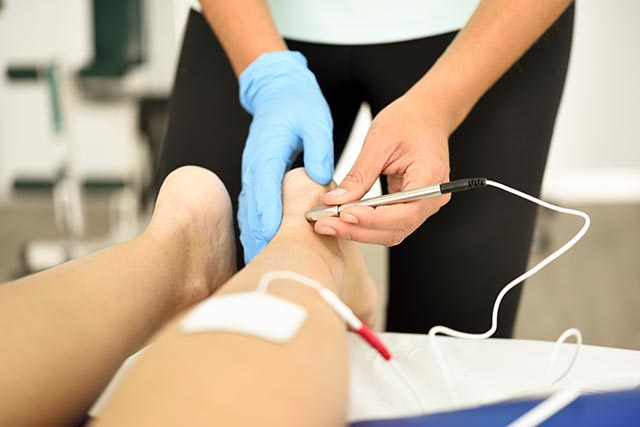Going to the sauna 4-7x a week can reduce your risk of a stroke by 61%
05/30/2018 / By Michelle Simmons

Reduce your risk of stroke by taking sauna sessions frequently. A 15-year follow-up study published in the journal Neurology found that people who go to the sauna four to seven times per week had a 61-percent lower risk of developing a stroke compared to those who only go once a week.
The study was conducted by a team of researchers at the University of Eastern Finland, University of Bristol, University of Leicester, University of Atlanta, University of Cambridge, and the University of Innsbruck. In the study, the research team used data from the population-based Kuopio Ischaemic Heart Disease Risk Factor (KIHD) study. They gathered 1,628 participants aged 53 to 74 years living in the eastern part of Finland.
The study participants were grouped according to how frequent they take traditional Finnish sauna baths: Those who take a sauna once a week; those who take a sauna two to three times a week; and those who take a sauna four to seven times a week. The research team also considered other factors that may affect the risk of a stroke, such as age, alcohol consumption, blood lipids, body mass index, diabetes, physical activity, socioeconomic status, and sex.
After a follow-up of 15 years, they recorded 155 incidents of stroke. Results revealed that the risk of stroke decreased by 14 percent in people who take a sauna two to three times a week, and 61 percent among those who take a sauna four to seven times a week. The findings were the same after the other risk factors were considered.
The findings of the study suggested that the more frequently saunas were taken, the lower was the risk of stroke. The researchers explained that the mechanisms that contribute to the decrease of stroke risk may be influenced by sauna’s reduction in blood pressure, activation of immune system, a positive impact on the autonomic nervous system, and an enhanced cardiovascular function.
The same research team conducted a recent experimental study and found that sauna bathing has short-term effects on the stiffness of the arterial wall. As a result, this positively affects blood pressure and cardiac function parameters. Earlier findings from the KIHD study at the University of Eastern Finland revealed that taking sauna baths frequently also significantly lowers the risk of cardiovascular deaths and all-cause mortality.
Sauna safety tips
A sauna is usually a room with a temperature between 70 degrees Celsius (°C) to 100°C or 158° to 212° Fahrenheit. Traditional Finnish sauna baths typically use dry heat and only have 10 to 20 percent relative humidity. One sauna session can increase the skin temperature to about 40°C or 104°F. And when your skin temperature increases, you start sweating heavily. Although it has many health benefits, it can also be dangerous. Here are some sauna safety tips:
- Stay hydrated – Because you will sweat a lot in a sauna, you have to stay hydrated by drinking a lot of water.
- Take off your pieces of jewelry – Remove your jewelry or accessories before going in a sauna room to avoid painful burns on the skin as metal heats up quickly in saunas.
- Do not use creams and lotions – Refrain from putting on creams and lotions when taking a sauna session. They will only clog your pores and prevent your skin from breathing and sweating.
- Do not eat a heavy meal before a sauna session – If you’re hungry, opt for a light snack instead, or wait an hour after a meal before going to a sauna. The heat may negatively affect the digestive and circulatory systems.
- Do not overdo it – A sauna session of 15 to 20 minutes will be enough.
Learn more about other risk factors for stroke by going to Heart.news.
Sources include:
Tagged Under: blood pressure, cardiac function, cardiovascular health, health benefits, heart health, immune system, longevity, natural medicine, prevention, research, risk factors, sauna, sauna baths, stroke



















